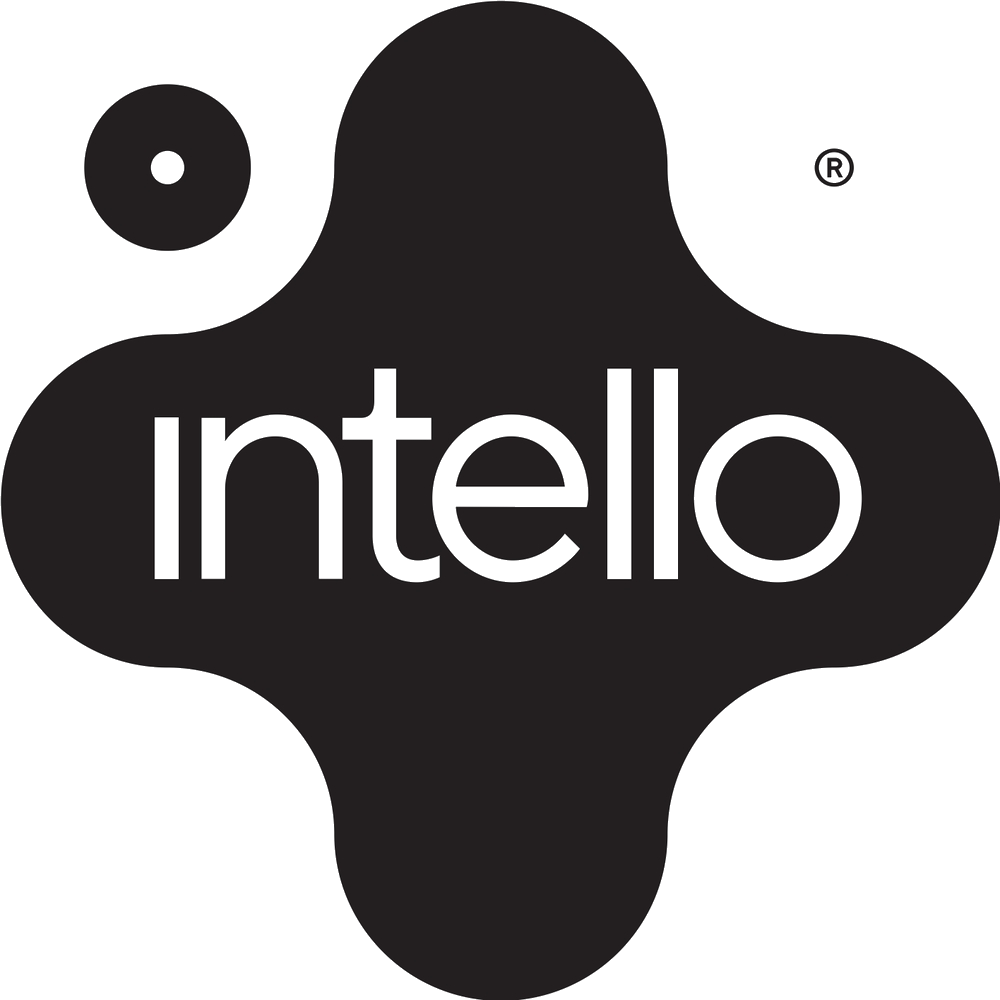Technology is quickly shaping the SMSF industry and is impacting all involved. Now, let’s not get caught up in all the hype around ‘Artificial Intelligence’ and ‘machines taking over jobs’ and really focus on the shift that is happening as we speak. Technology and data advancements are driving operational efficiencies and increasing the sophistication of financial advice.
THE ROLE OF AUTOMATION AND INNOVATION
With automation, technology is created to support existing approaches to SMSF administration; innovation is the implementation of new ideas and solutions using technology to process SMSFs more seamlessly.
Through innovation and automation, advisers are able to:
- Better service their clients
- Streamline business processes (e.g. administration, compliance monitoring)
- Assist in keeping track of their finances
- Better engage with clients in real time
- Provide a true visual representation of their finances
- Enhance the overall advice experience
The entire operation of SMSFs will become more fluid and facile as technology continues to develop and legacy systems discarded.
SO, WHAT IS ‘ZERO ‘TOUCH’ SMSF ADMINISTRATION?
Here’s how we define ‘zero touch’ SMSF administration in our business:
Zero-touch SMSF administration is the ability to mitigate, if not eliminate, the amount of human interactions it takes to fully reconcile a set of accounts, with accuracy.
Working primarily with financial advisers means we as administrators receive better quality data and therefore have a higher level of automation compared to the ‘average’ accountant working with self-directed trustees. Only a small handful of transactions are manually touched by our administrators each year as many of the SMSFs we administer have an automation level higher than 98%. These include large balance SMSFs with a wide range of investments, as well as simple SMSFs with only cash and direct ASX shares.

WHAT DOES THIS MEAN FOR ADVISERS?
Zero touch SMSF administration will free up capacity and resources for both the provider and adviser enabling advisers to look at their value proposition and increase the engagement, level of service and advice they provide their clients.
Basically, advisers can leverage the scale and technical expertise of a zero touch SMSF administration provider to confidently and powerfully deliver SMSF services to their client base.
What advisers must understand is that we are heading towards a ‘digital by default’ future for SMSF interactions, in which business that wish to remain relevant need to provide more than just a data feed; they need to be completely technology-enabled, with machine learning at its core.
3 FACTORS THAT DRIVE ‘ZERO TOUCH’ SMSF ADMINISTRATION
Below is an outline of three key factors that drive efficiencies in the SMSF industry with a shift towards ‘zero touch’ SMSF administration:
- Getting data in
So much data can be pushed into an accounting platform these days and capturing the right information from the source is key. Having a standardised format across the SMSF industry would be beneficial though attempts to do this have so far proven unpractical with the Standard Business Reporting (SBR) framework developed by the Government. Due to its complexity, software providers that might want to leverage the framework are hindered.
Herein lies the opportunity for the industry to foster a system that capture data from various sources and uses optical character recognition (OCR), scraping, templates and machine learning to determine what entity the data relates to, how it should be treated (transaction type) and where to send it.
- Working with the data
The potential for automation and machine learning to do much more with data feeds than the traditionally simple transactions of SMSF software packages is significant, yet challenging. For machine learning to work, there are two key prerequisites:
- The data needs to be accessible, i.e. hosted in the Cloud, which can be a regulatory hurdle.
- There needs to be adequate raw data to analyse for effective machine learning.
A standalone business – even one with thousands of SMSFs – is unlikely to have enough raw data to truly enable machine learning. Therefore, businesses who can implement machine learning in the SMSF space are those which have access to the data – namely the software companies such as Class and possibly large audit businesses that have an overview of the entire industry.
- Getting data back out again
Speed will be key for any technology-driven financial services going forward. Later in 2017 the New Payments Platform (NPP) will be rolling out, and this provides the ability to move money around in a matter of seconds, rather than up to three days as it is currently.
The NPP will enable the development of apps which leverage this which in turn will impact SMSFs as the efficient flow of cash in and out is essential for effective operation. This will also mean that investors will want an on-demand service, much like an Uber service – meaning if they make a transaction from their SMSF account it should be reflected in their records immediately.
